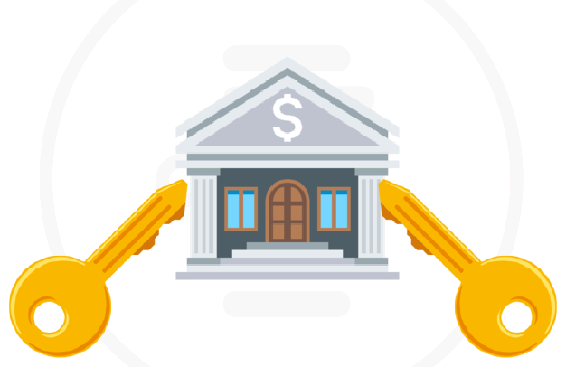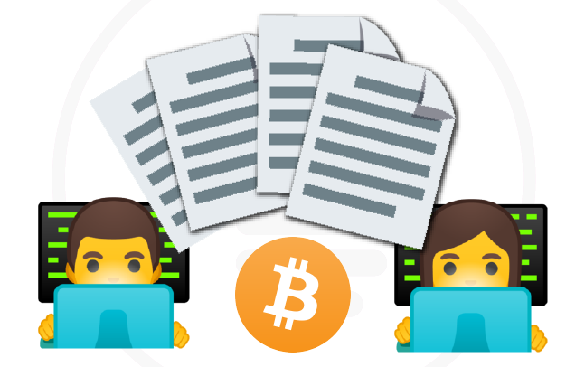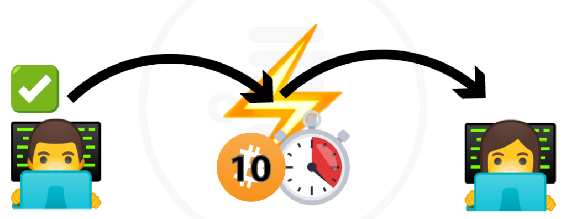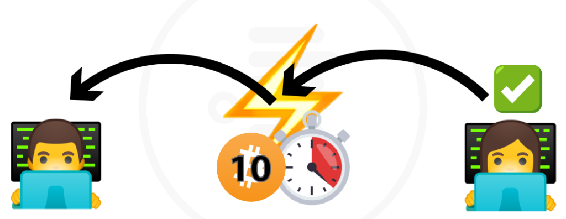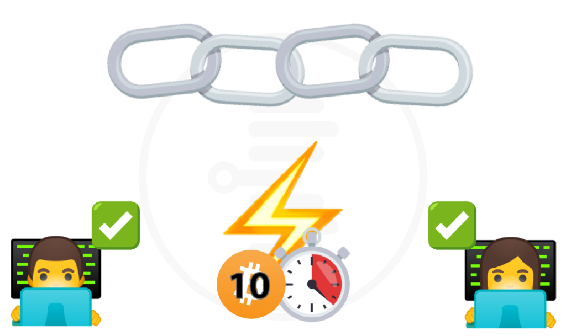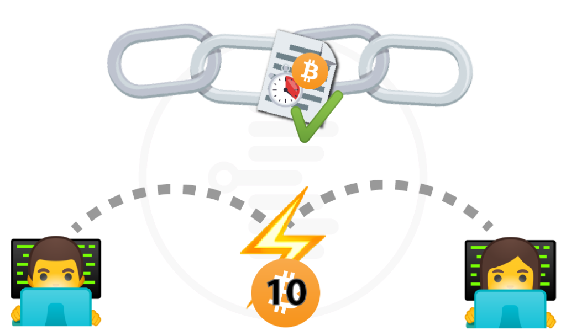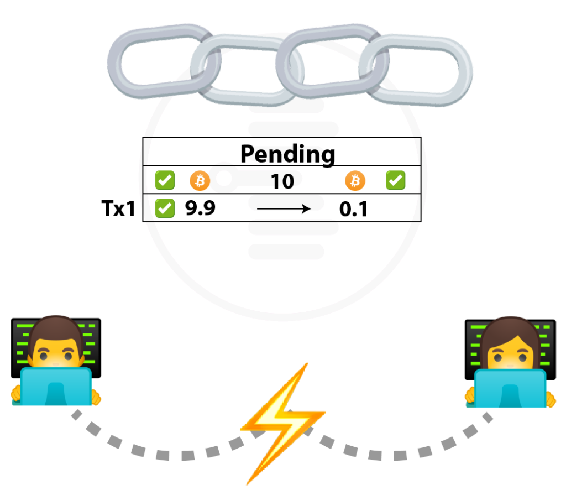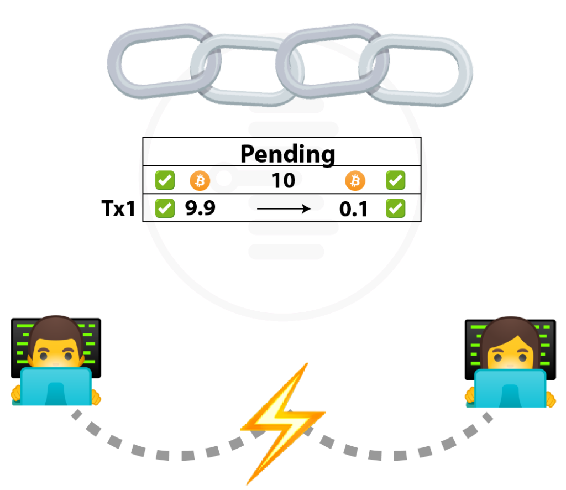Chris Ward - A Developer’s Guide to Ethereum
Here you can read online Chris Ward - A Developer’s Guide to Ethereum full text of the book (entire story) in english for free. Download pdf and epub, get meaning, cover and reviews about this ebook. year: 2018, publisher: SitePoint, genre: Romance novel. Description of the work, (preface) as well as reviews are available. Best literature library LitArk.com created for fans of good reading and offers a wide selection of genres:
Romance novel
Science fiction
Adventure
Detective
Science
History
Home and family
Prose
Art
Politics
Computer
Non-fiction
Religion
Business
Children
Humor
Choose a favorite category and find really read worthwhile books. Enjoy immersion in the world of imagination, feel the emotions of the characters or learn something new for yourself, make an fascinating discovery.
- Book:A Developer’s Guide to Ethereum
- Author:
- Publisher:SitePoint
- Genre:
- Year:2018
- Rating:4 / 5
- Favourites:Add to favourites
- Your mark:
A Developer’s Guide to Ethereum: summary, description and annotation
We offer to read an annotation, description, summary or preface (depends on what the author of the book "A Developer’s Guide to Ethereum" wrote himself). If you haven't found the necessary information about the book — write in the comments, we will try to find it.
Blockchain technology has certainly been hyped over the past few years, but when you strip all of that away, what can actually do with it? This book is a collection of articles that provide an introduction to Ethereum, an open source platform thats based based on blockchain. It enables developers to build and deploy decentralized applications that can be relied on to work without fraud, censorship or interference from third parties.
We start off by explaining what blockchain is and how it works, and also look at some potential practical applications for blockchain technology. We then move on to looking at the Ethereum platform specifically. Far more than just a cryptocurrency or smart contracts platform, Ethereum is becoming an entire ecosystem for building decentralized applications.
This book contains:
- Blockchain: What It Is, How It Works, Why Its So Popular by Bruno Skvorc
- What is a Bitcoin Node? Mining versus Validation by Bruno Skvorc
- How the Lightning Network Helps Blockchains Scale by Bruno Skvorc
- The Top Nine Uses for Blockchain by Mateja Kendel
- Introduction to Ethereum: A Cryptocurrency with a Difference by Bruno Skvorc
- A Deep Dive into Cryptography by Bruno Skvorc
- 3 Bitcoin Alternatives Compared: Ethereum, Cardano and NEO by David Attard
- Compiling and Smart Contracts: ABI Explained by Mislav Javor
- Ethereum Wallets: Send and Receive Ether with MyEtherWallet by Bruno Skvorc
- Ethereum: How Transaction Costs are Calculated by Bruno Skvorc
- Proof of Stake vs Proof of Work by Bruno Skvorc
- Ethereums Casper: Ghostbusting Proof of Stake Problems by Tonino Jankov
- Decentralized Storage and Publication with IPFS and Swarm by Tonino Jankov
- Ethereum Messaging: Explaining Whisper and Status.im by Tonino Jankov
- Ethereum: Internal Transactions & Token Transfers Explained by Bruno Skvorc
- BigchainDB: Blockchain and Data Storage by Chris Ward
This book is for anyone interested in using the Ethereum platform for development. No prior knowledge of blockchain is assumed.
Chris Ward: author's other books
Who wrote A Developer’s Guide to Ethereum? Find out the surname, the name of the author of the book and a list of all author's works by series.

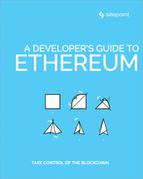


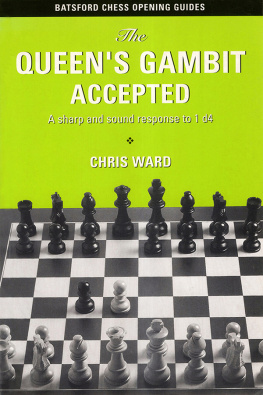



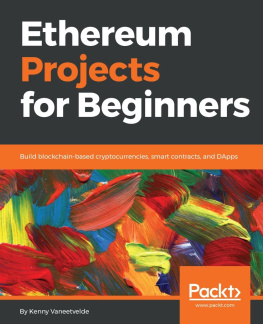
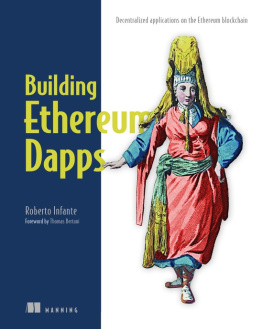
![Bruno Skvorc [Bruno Skvorc] - Build Your First Ethereum DApp](/uploads/posts/book/119691/thumbs/bruno-skvorc-bruno-skvorc-build-your-first.jpg)
![Kenny Vaneetvelde [Kenny Vaneetvelde] - Ethereum Projects for Beginners](/uploads/posts/book/119688/thumbs/kenny-vaneetvelde-kenny-vaneetvelde-ethereum.jpg)
